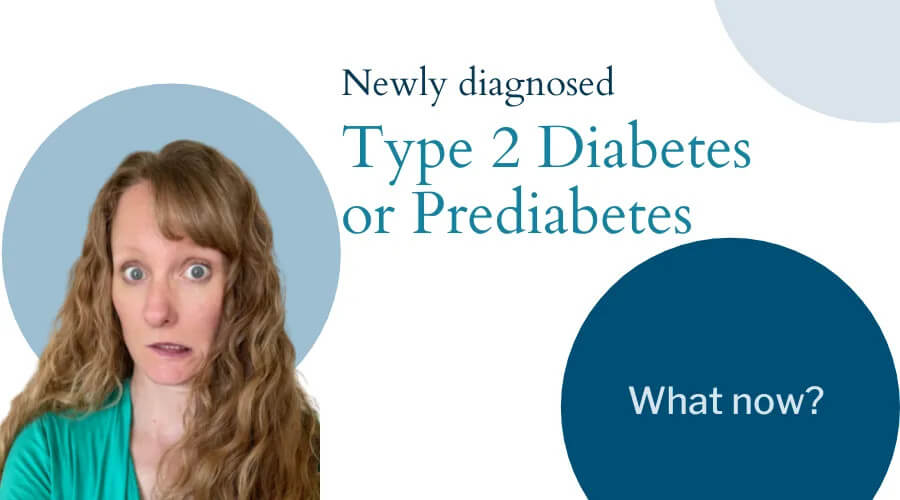
Diagnosed with type 2 diabetes or prediabetes
Your doctor just told you that you have been diagnosed with type 2 diabetes or prediabetes…now what? You might be feeling a range of emotions from scared to angry to just plain overwhelmed. You’re not alone. Current statistics show that US adults are more likely than not to have diabetes or pre-diabetes (more than 50% of the population do).
If you’re like most people, you probably have a lot of questions. And that’s a good thing! Learning as much as you can about your diabetes is one of the best things you can do for your health. But where do you start? I’ve put together a list of the top 10 things you need to know if you’re newly diagnosed with type 2 diabetes (or pre-diabetes).
Before we dive into these 10 things…take a deep breath. Take a second to remind yourself that this is not a life (or death) sentence. You have a lot of options going forward and that’s why you’re here.
Ok, ready? Let’s go through the top 10 things you need to know.
What is type 2 diabetes and prediabetes?
If you’re like many people your doctor likely didn’t explain what your diagnosis means or what diabetes even is. I covered this topic in detail last week, so feel free to check that one out for even more information.
For now, let’s just describe diabetes as a condition where your body is no longer using insulin properly. Generally, this develops due to having chronically high blood sugars that require a lot of insulin. Over time, the body becomes less sensitive to insulin, requiring more and more of it to do the same job. Chronically high insulin levels cause weight gain and a whole list of other problems. Type 2 Diabetes is most often diagnosed based on blood tests for fasting blood sugar and hemoglobin A1c. Some health care professionals will also use a variety of other tests.
Your body isn’t broken.
While your diagnosis indicates that your body isn’t using insulin properly right now…this condition is reversible in many cases. If we can lower the body’s need for high insulin, we can repair the sensitivity to insulin. Nutrition and exercise both can help – however, the standard advice to “eat less and exercise more” won’t help you here. There are specific nutrition methods that will help the most to lower your insulin needs. In many cases, this transition can happen very quickly.
Take action early.
If you want to stop and reverse your disease progression, it’s never too early to start. The earlier you take action, the easier the process will be and the less damage you’ll be fighting. Now, this does NOT mean that if you’ve been sick, overweight, or had diabetes for years that it’s too late. It’s never too late! There’s always improvement to be made. It just may not happen as quickly if you’ve been sick for years.
Food is medicine (or poison)
A lot of people falsely believe that they’re doomed with diabetes because it “runs in their family”. While there certainly are genetic predispositions that make some people more at risk to develop diabetes, food choices and lifestyle habits are a much bigger factor. In fact, they’re the primary cause. It’s not that diabetes runs in families – it’s that diet and lifestyle habits run in families! This means that YOU have a lot of control over your health!
The foods you eat each day will either help to repair your insulin sensitivity or further damage it. It is important to choose foods based on the effect they have on YOUR blood sugar levels. We are all unique – so you need a customized plan that work for YOU.
Exercise is powerful and underutilized
Exercise is one of the most powerful tools we have to improve insulin sensitivity. When you exercise, your muscles use more glucose (sugar) for energy. This means that your muscles can “take up” more sugar from the blood and use it for energy. This also means that sugar isn’t being stored (as either glycogen or fat). This is a great thing!
This does not mean you need to join a gym, take an exercise class or even hire a trainer. Even something as simple as walking for 10 minutes after meals can make a major difference in your blood sugars, and therefore insulin levels.
Technology provides needed insights
Glucometers and Continuous Glucose Monitors (CGM) provide a great deal of information on blood sugars throughout the day. This data can be used to help you understand how different foods, activities, stress levels, and medications are impacting your blood sugar levels.
Glucometers are available over the counter from your local pharmacy. Continuous glucose monitors do require a prescription. Ask your physician for a prescription to help you in reversing your disease progression. If they will not write the prescription, you can get a continuous glucose monitor from commercially available companies that will take care of the prescription for you. This is how many people without diabetes have been able to tap into this powerful technology for optimizing health. My top recommendation for a CGM is Theia Health.
Medications may or may not be recommended
There are a variety of diabetes medications that can be prescribed, depending on the individual’s needs. Some medications are designed to help the body produce more insulin, others are meant to help the body use insulin more effectively, and still others are designed to help your body eliminate sugar through your urine.
All medications have side effects and none of them correct the original cause of the disease progression. They can be helpful, but nutrition and lifestyle are the only true healers. If you are prescribed medications, be aware that the dosages may need to be rapidly declined or eliminated as your health improves through nutrition and lifestyle. Often the holistic approaches can work within days to weeks. Medications can become dangerous if the doses are higher than the needs, causing hypoglycemia episodes.
Not everyone with type 2 diabetes needs to take medication. Many people are able to manage and reverse their diabetes progression through choosing proper foods and increasing their activity level.
Re-test to measure progress
It is possible to reverse type 2 diabetes within a few short weeks, with the right combination of nutrition, activity, and sometimes medication (if necessary). The key is to make sure that you’re working with a health professional that understands how to help you reverse diabetes.
Demand support from family and friends
One of the most important aspects of reversing type 2 diabetes is having support from your family and friends. This support can come in many forms, from assisting with healthy meal options to clearing out sabotaging foods from the kitchen, and even just being there to listen.
It can be difficult to make the necessary changes to your diet and lifestyle when you’re first diagnosed with type 2 diabetes. But it’s important to remember that you don’t have to do it alone – and it will be MUCH easier with those closest to you prepared to help. Let your friends and family know how they can help you on this journey. And be sure to let them know what behaviors, activities, and foods would make your journey harder. Demand that they help you, not sabotage you.
Seek coaching and accountability
The last part of your getting started plan should be to find ongoing support from someone who is educated and trained to help you achieve your goals. Your doctor is a great resource, but often you only get about 7 minutes of their time. Insurance providers and medical clinics may have dietitians on staff that can provide you with a nutrition plan, but often times those plans are designed to help you manage, not reverse the disease. If your goal is to reverse the disease, you will want to seek out a holistic health practitioner, like me, who will approach your goals from the nutrition, lifestyle, and natural space.
There you have it – the top 10 things you need to know now that you have been diagnosed with type 2 diabetes or prediabetes. This is NOT a life (or death) sentence. You have the power to take back control over your health. I’m here to help in any way I can.
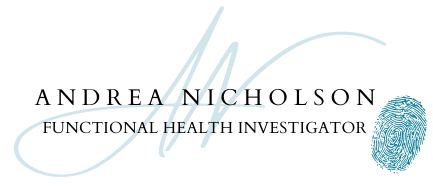


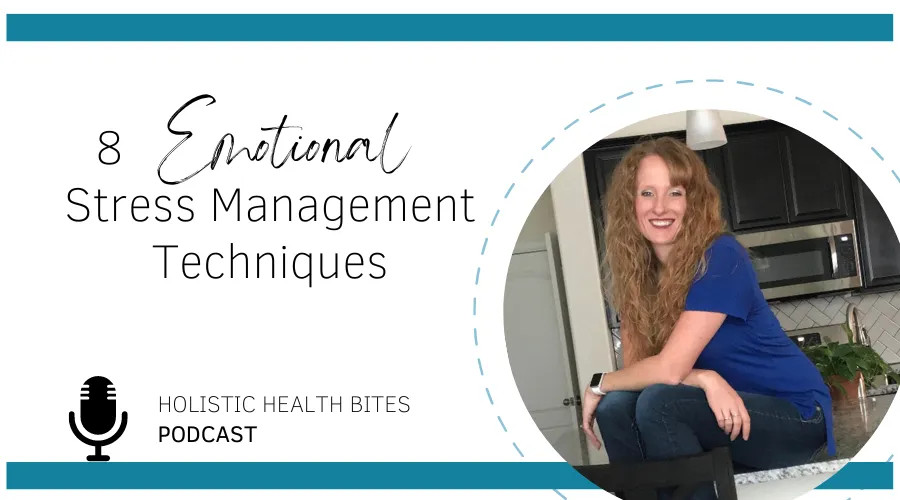


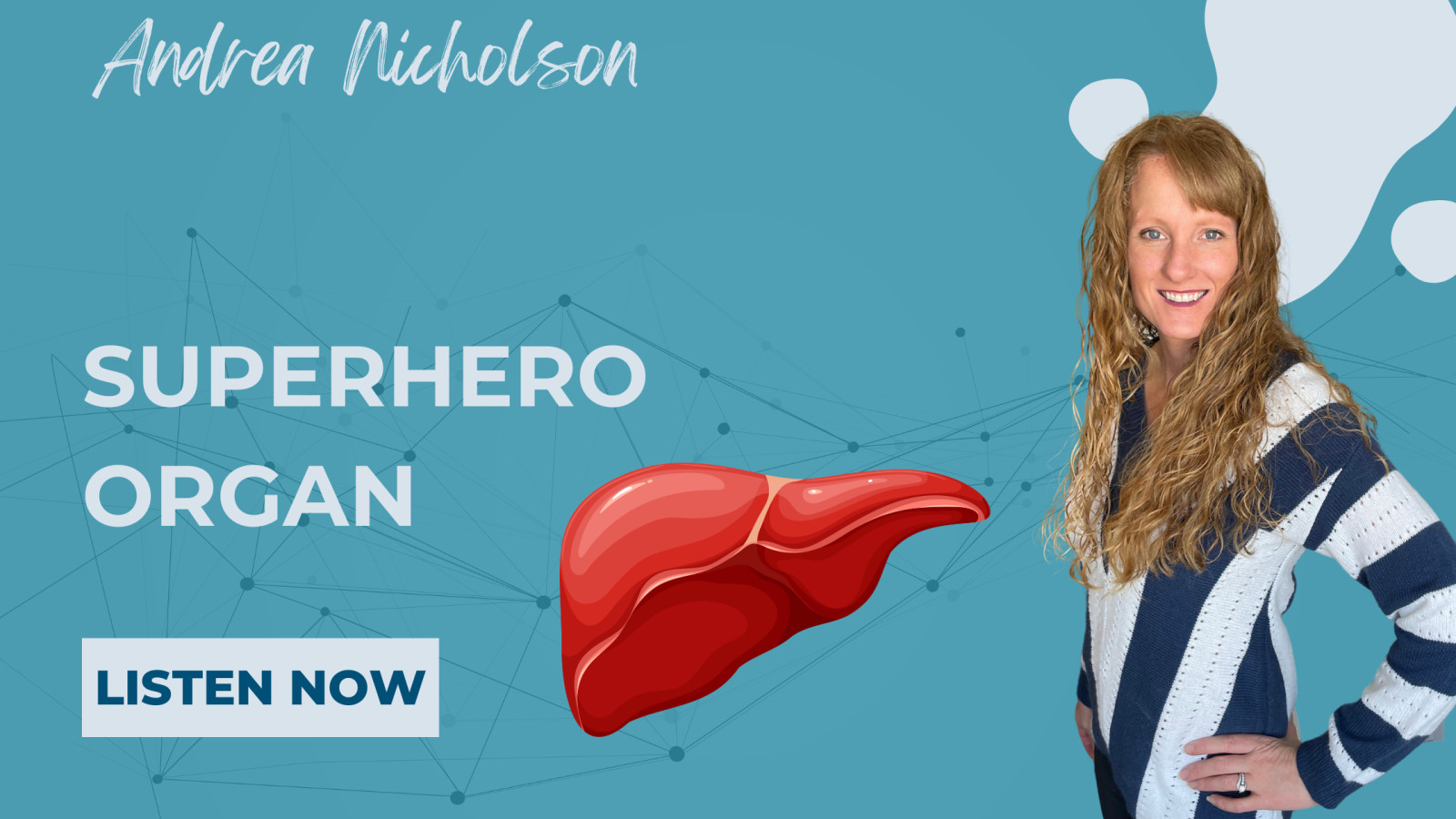


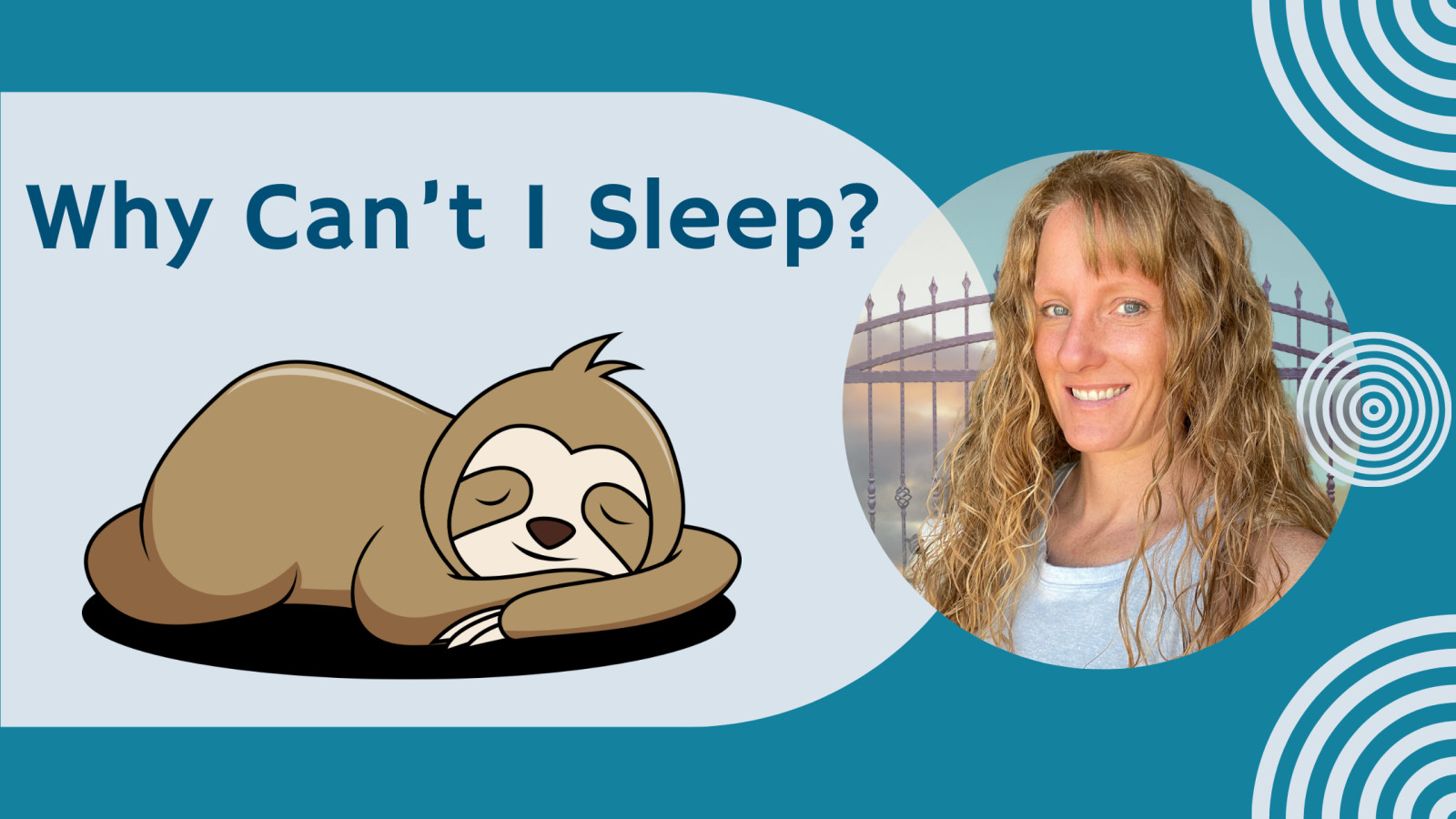
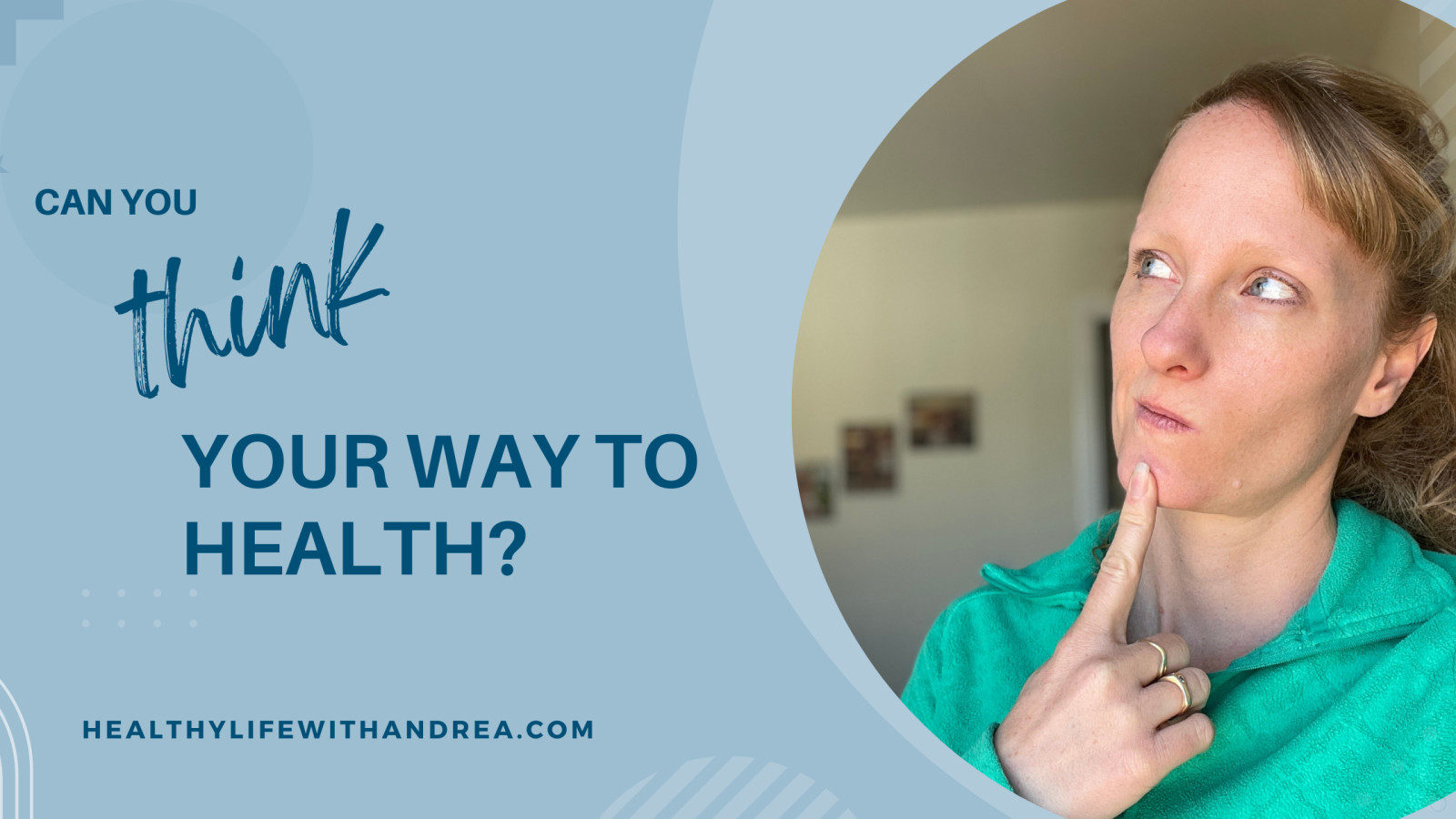
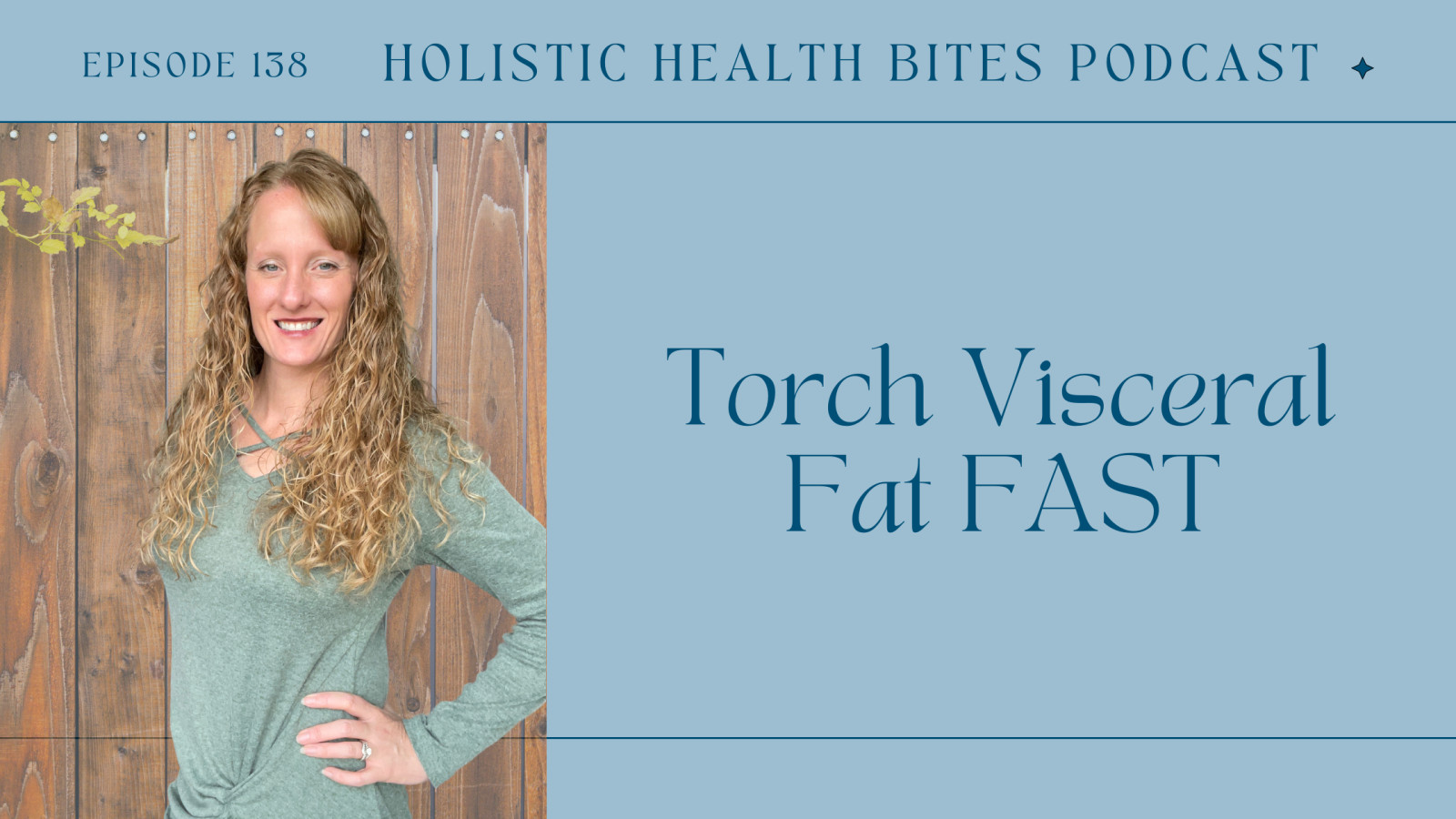
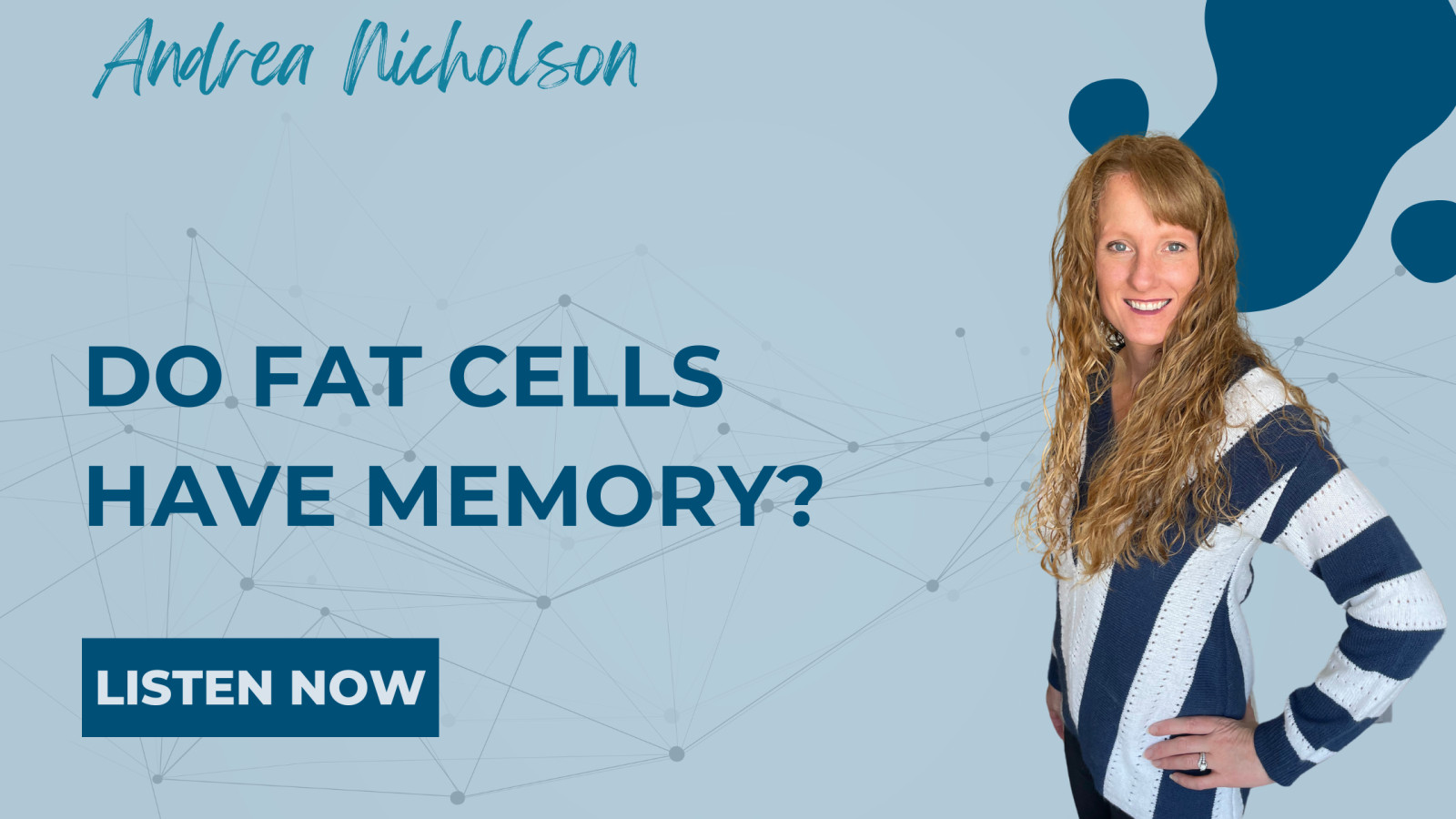








0 Comments